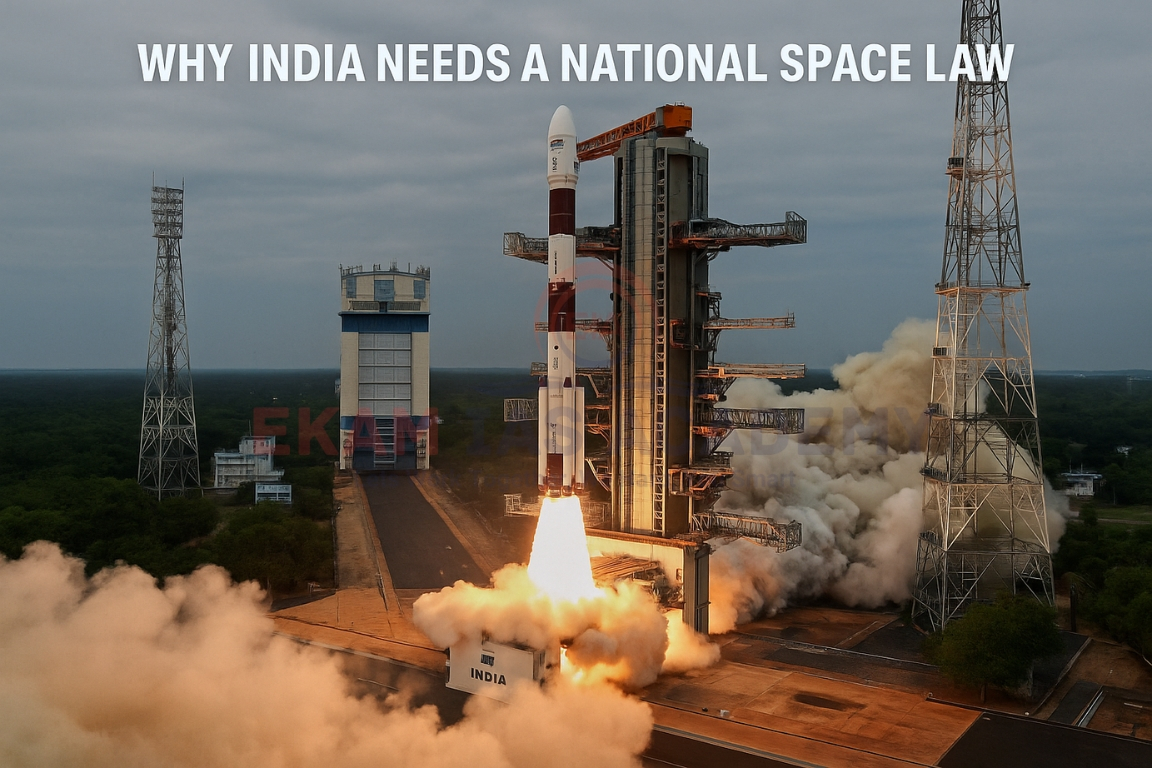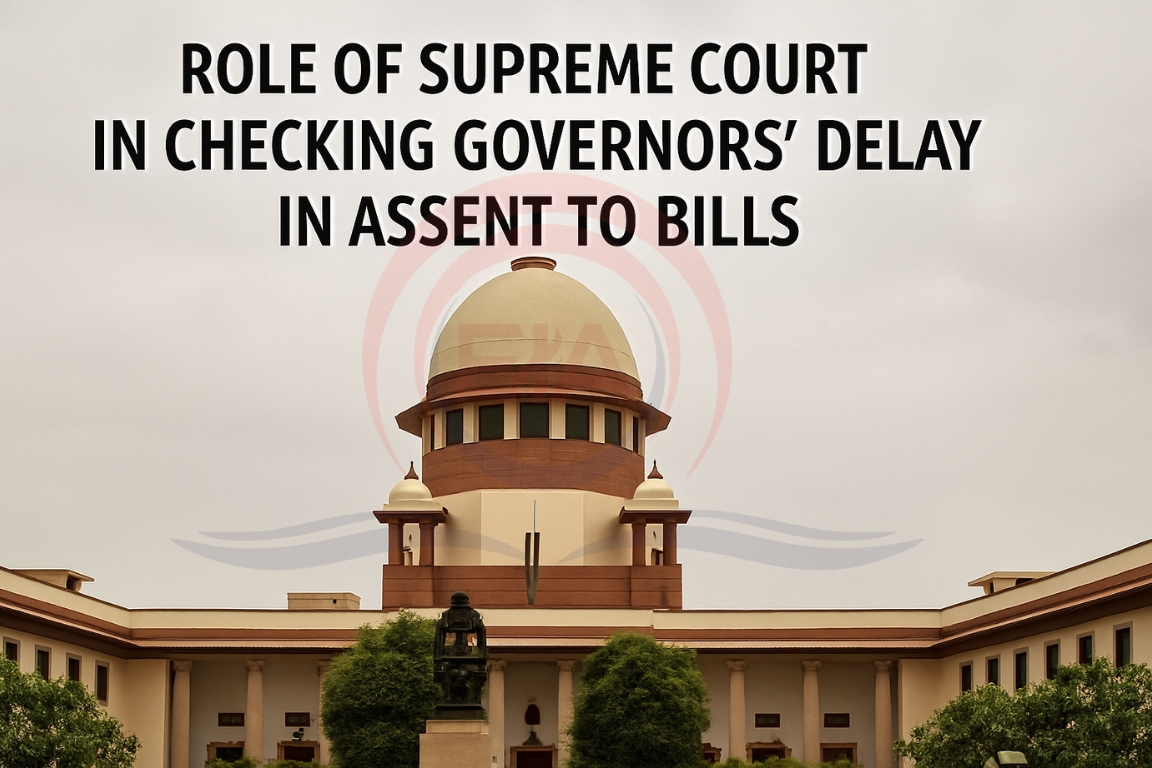India is celebrating its second National Space Day on August 23, following the success of Chandrayaan-3 and progress on missions like Gaganyaan and the proposed Bharat Antariksh Station. However, while achievements in space technology are advancing, India still lacks a comprehensive national space law, crucial for regulating private participation, liability, and global compliance.
Outer Space Treaty (1967)
- Declares outer space as the “province of all mankind”.
- Prohibits national appropriation of space or celestial bodies.
- Makes states responsible for activities of both government and private entities.
- Companion treaties deal with liability and rescue obligations.
- Not self-executing: requires national laws for domestic enforcement.
- Many nations (U.S., Luxembourg, Japan) have enacted laws to regulate licensing, liability, and commercial rights.
India’s Approach to Space Legislation
- Incremental and methodical strategy rather than hasty lawmaking.
- Current progress includes:
- Indian Space Policy, 2023 – outlines private sector participation.
- IN-SPACe Norms, Guidelines, and Procedures (NPGs) – authorisation rules for private entities.
- Catalogue of Indian Standards for Space Industry – ensures safety compliance.
- Pending aspect: A comprehensive Space Activities Law, which will codify principles of the Outer Space Treaty into enforceable Indian law.

Key Industry Concerns
- Statutory Authority for IN-SPACe: Currently lacks formal legal backing. Needs legislative power to function as a central regulatory body.
- Licensing and Approvals: Multiple ministries create delays for private firms. Need for a single-window clearance with clear rules, fees, and timelines.
- Foreign Direct Investment (FDI): Proposals to allow 100% FDI in satellite component manufacturing. Would attract international capital for startups.
- Liability and Insurance: India is internationally liable for damages from space activities. Private companies must carry third-party liability insurance.
- Innovation & IP Protection: Space law should safeguard intellectual property rights. Prevent brain drain by ensuring innovation-friendly environment.
A National Space Law must:
- Provide statutory recognition to IN-SPACe.
- Lay down transparent licensing and liability rules.
- Create investor-friendly policies with robust insurance options.
- Secure innovation while balancing national security.
- Such a law will enhance India’s global credibility, support startups, and ensure safe, sustainable, and responsible growth of the space sector.
KESSLER’S SYNDROME
Kessler’s Syndrome (also called the Kessler Effect) is a concept proposed by NASA scientist Donald J. Kessler in 1978.
- It describes a chain reaction in space where collisions between satellites or debris create even more fragments.
- These fragments then collide with other satellites or debris, producing further debris.
- Over time, this cascading effect can make low Earth orbit (LEO) overcrowded with junk, increasing the risk of collisions.
- If unchecked, it could make certain orbits too dangerous for satellites or human missions, threatening communications, navigation, weather forecasting, and space exploration.
Kessler’s Syndrome is the runaway growth of space debris caused by repeated collisions in orbit.
Conclusion:
A well-framed National Space Law will help India bridge policy gaps, empower private players, and meet global obligations. It is essential to secure India’s position as a responsible and competitive space power.





